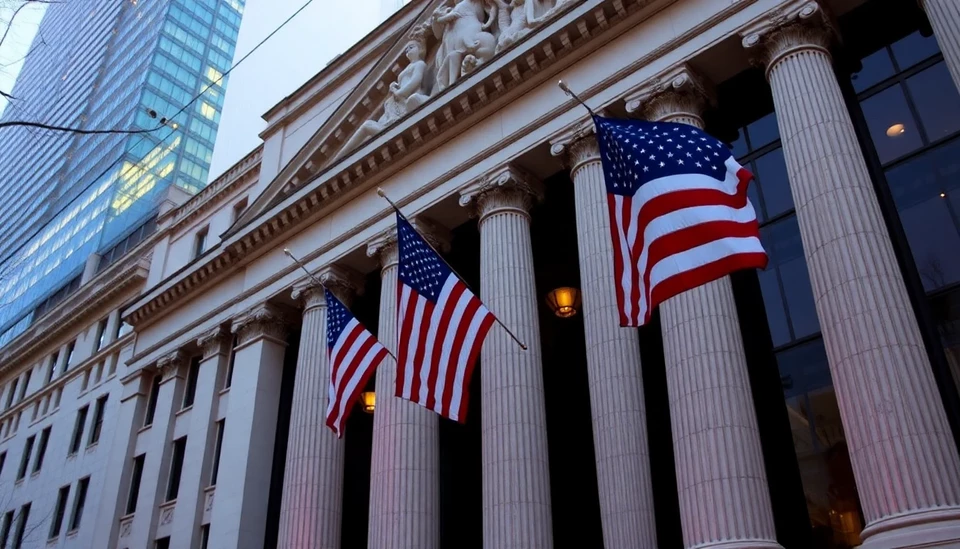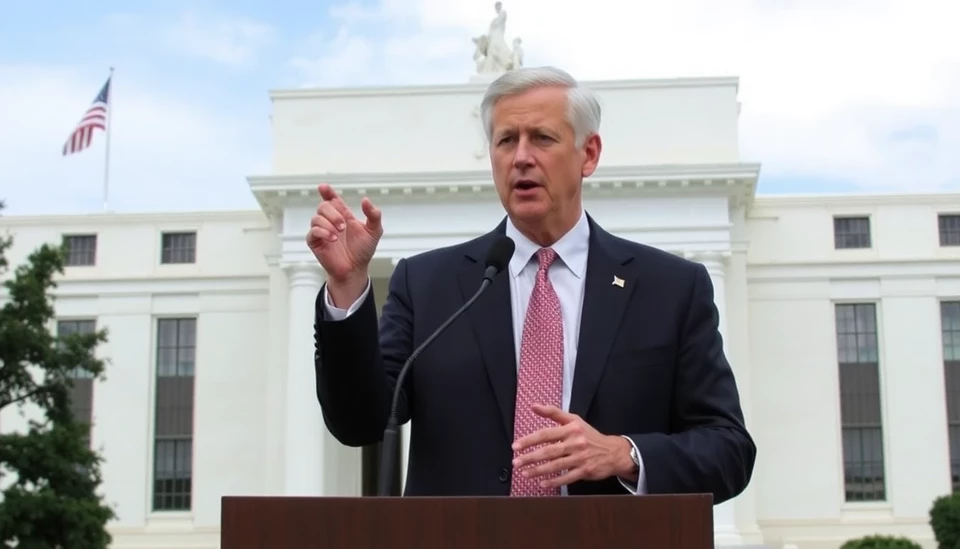
Traders have ramped up their expectations regarding a potential interest rate cut by the Federal Reserve in December, driven by recently released inflation data that met market forecasts. This shift in sentiment was particularly evident in the futures market, where the probability of a reduction in the federal funds rate saw a notable increase.
The inflation figures, which were released earlier this week, showed a stable consumer price index (CPI) that aligned closely with analysts' expectations. This stability has fueled optimism among investors that the Federal Reserve may be inclined to adjust its monetary policy in response to persistent economic conditions. The market is now viewing a rate cut as a tangible possibility, with many traders adjusting their positions to reflect this sentiment.
Specifically, the likelihood that the Federal Reserve will slash its benchmark interest rate by 25 basis points during its December meeting has risen sharply. This comes as various economic indicators suggest that the pressures driving up prices have moderated, allowing for a more cautious approach to inflation management by the central bank.
The reaction from traders was immediately evident following the release of the inflation data. Futures contracts tied to the benchmark rate now reflect an increased conviction that policymakers will ease monetary policy to support continued economic growth. Many analysts believe that a potential rate cut could stimulate consumer spending and investment, fostering a more robust economic environment.
Conversely, some economists caution that while a reduction in interest rates could provide a temporary boost, it is not a panacea for the broader challenges facing the economy, such as labor market tightness and global supply chain disruptions. The central bank's position remains delicate, as it weighs the benefits of stimulating growth against the risks of reigniting inflation.
As we head toward the December Federal Open Market Committee (FOMC) meeting, traders and market analysts will be closely monitoring key economic indicators, including employment data and consumer spending patterns. These metrics are vital in assessing whether the Fed will proceed with a rate cut or maintain its current stance. Additionally, any statements from Fed officials in the lead-up to the meeting will be scrutinized for hints regarding the central bank’s future policy intentions.
In summary, the current economic landscape is marked by uncertainty regarding inflation, growth, and the Federal Reserve's policy direction. While traders are increasingly banking on a rate decrease in December, the ultimate decision will hinge on forthcoming economic data and the Fed's assessment of the evolving economic conditions.
As the markets react to these developments, it is crucial for investors to remain informed and agile, adapting to the ever-changing economic landscape.
#FederalReserve #InterestRates #InflationData #EconomicGrowth #MarketTrends #FOMC #Decisions2024 #TradersSentiment
Author: Laura Mitchell




